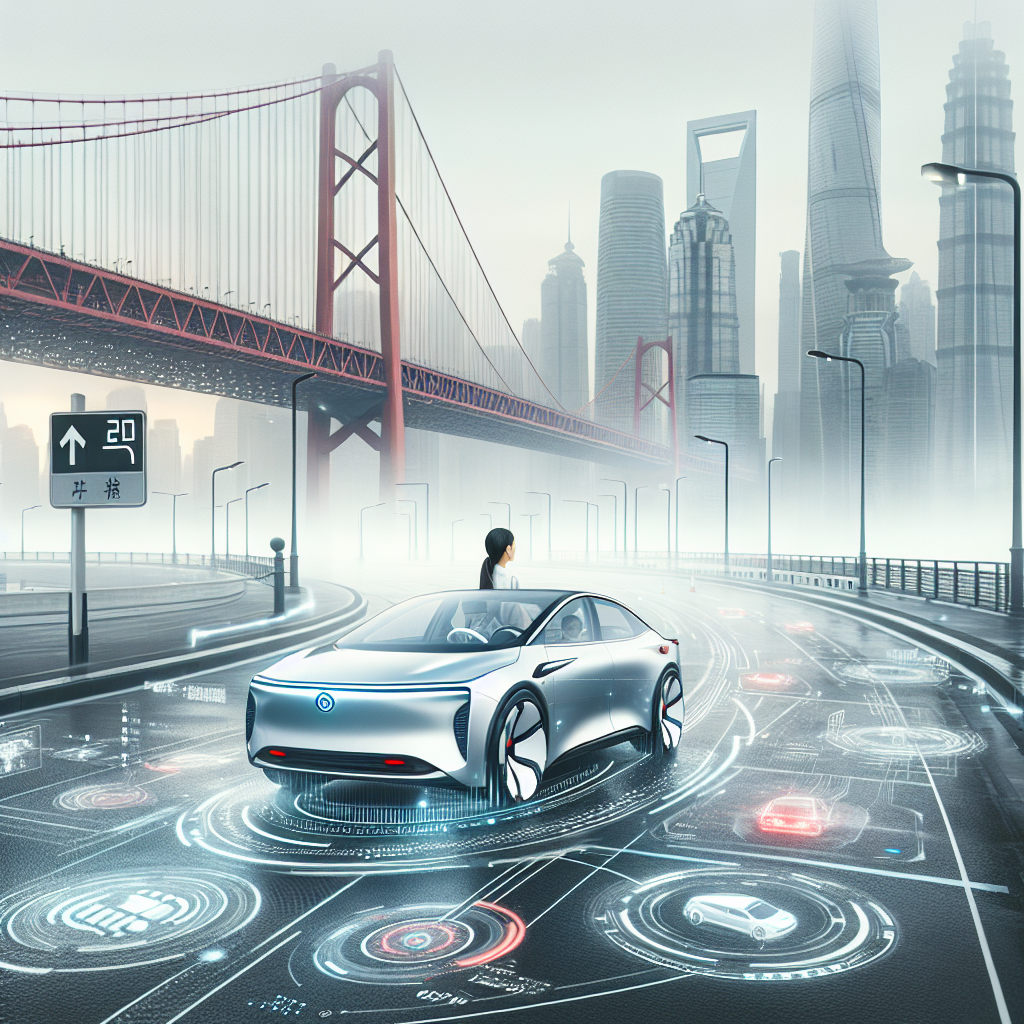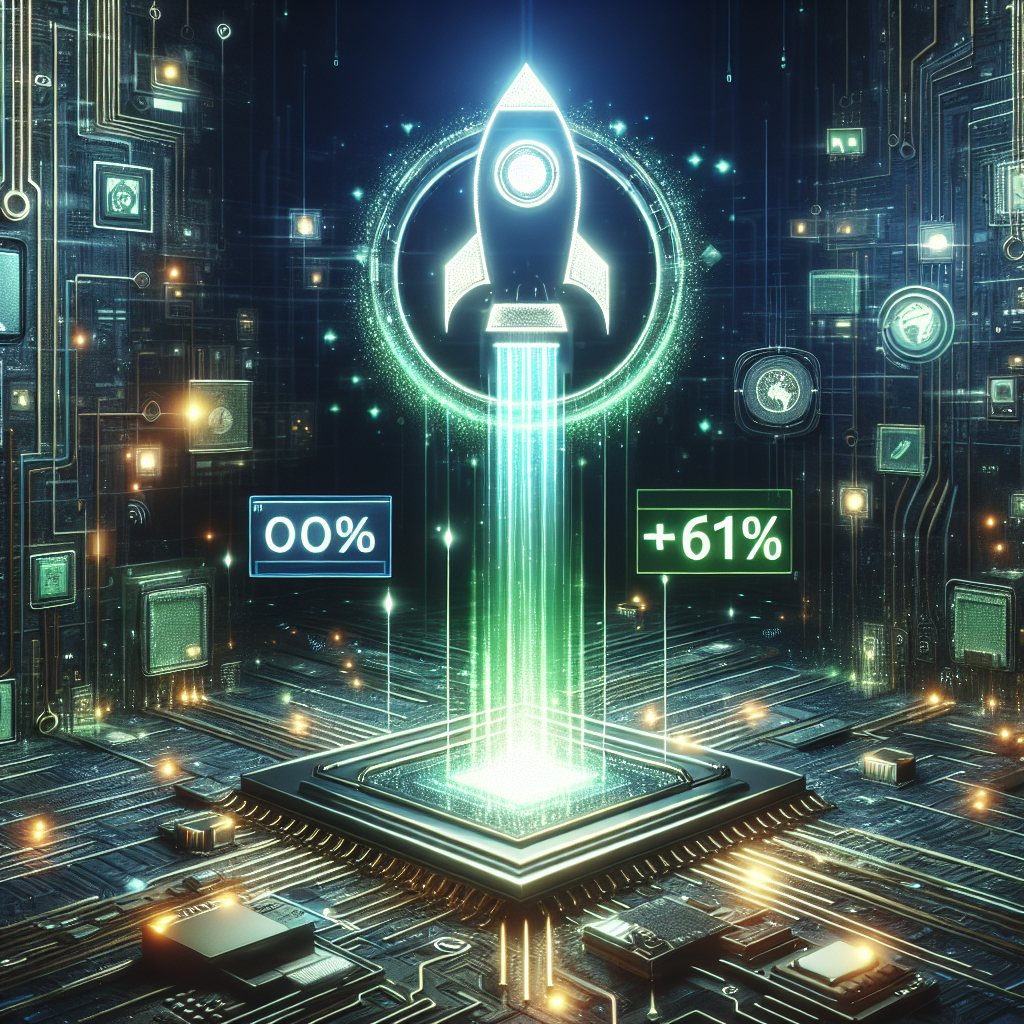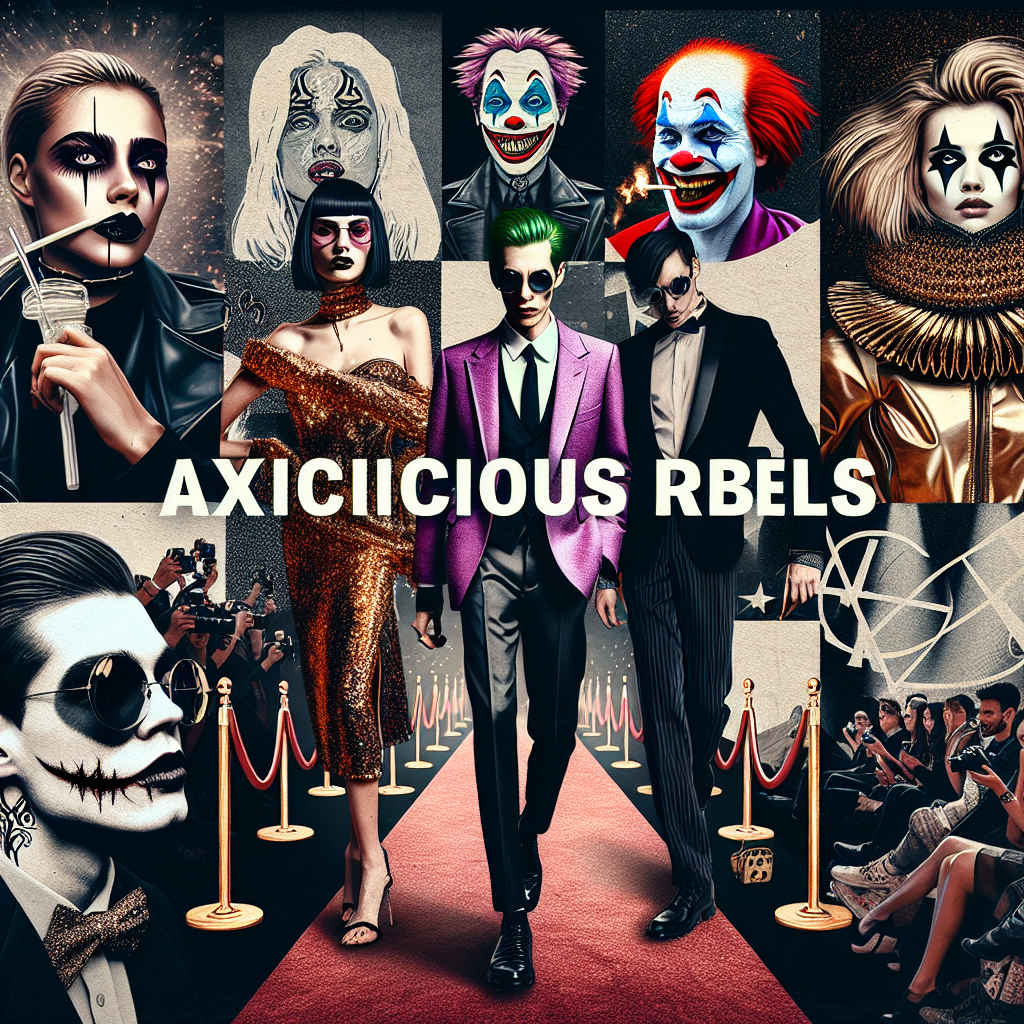🚕🤖 Tesla’s Robotaxis in SF: Future of Transport or Just Another Traffic Jam with Wi-Fi?
Yo, technauts and disruption junkies! Mr. 69 reporting live from the intersection of sci-fi dreams and political potholes—this time, we’re diving headlong into the electric heart of San Francisco, where Tesla’s robo-revolution is trying to find a parking spot. Spoiler alert: it’s complicated. Welcome to the next spin of the innovation roulette wheel—Elon-style.
Yes, you read that right. Tesla is gearing up to unleash its robotaxis onto the fog-laced streets of San Francisco, an idea that sounds like a deleted scene from Blade Runner but is very (almost painfully) real. There’s just one teeny, tiny catch. Or maybe two. Or twelve. But let’s start with the not-so-sci-fi twist: each robo-whip will have a human behind the wheel.
Yep. You heard me. A humanoid. In. The. Driver’s. Seat.
Let’s reboot here.
In Austin, Tesla’s self-driving fleet has been rolling autonomously without anyone babysitting the pedal. But in the land of sourdough, scooters, and sidewalk yoga, regulators are saying: “Not yet, electric cowboy.” So, Tesla’s SF edition of the robotaxi rollout is essentially like ordering a fully autonomous drive experience and unwrapping a somewhat autonomous, human-assisted test beta. Still cool, just a little… grounded. Like a drone with trust issues.
But don’t be too quick to scoff, futurelings. While this shift might seem like a speed bump on the road to AI-powered transportation nirvana, it’s actually a strategic pit stop. Tesla wants to train its self-driving neural networks on the spaghetti-tangled roads of San Fran—the testing equivalent of dropping your AI into a 3D chess match with public transit, reckless Uber drivers, and the occasional yoga-on-the-median protest.
And let’s be clear: this is not cruising. This is data-harvesting, machine-learning, cityscape scoping techno-espionage (the noble kind). Every turn, pothole, and indecisive pedestrian is pure digital gold to Tesla’s AI overlords. It’s not just driving—it’s downloading reality.
The human in the driver’s seat? Think of them as the neural stabilizer. The anchoring carbon processor. The Oh-no-you-don’t override button for when the AI gets a little too optimistic about squeezing between a dump truck and a taco stand.
San Francisco, of course, brings a twist more creative than a generative AI’s attempt at poetry. The regulatory environment is as unpredictable as a crypto chart on caffeine, and politicians are wary of trusting fleets of semi-sentient cars to interpret stop signs with emojis sprayed across them.
But here’s the fireproof truth: Once Tesla cracks the San Francisco code, it opens the gates to Autonomy Level Infinity across metro jungles worldwide. This is the crucible. The proving ground. The neon-lit dojo where AI learns the ancient art of urban survival.
So what’s standing in the way, you ask?
👾 Bureaucracy: Retro-style, carbon-based logic trying to understand quantum-age transport.
👁️🗨️ Public Perception: People still side-eye Teslas like they’re auditioning to be Skynet’s interns.
🚥 Data Ethics: Who owns the road, and who owns the code? (Spoiler: it should be all of us.)
👨✈️ Safety Protocols: Regulators want receipts before they hand over the keys to tomorrow.
But let me beam you up for a second: if this soft-launch goes semi-smooth, we may upgrade sooner than you think. Picture this: Your next Lyft driver? An AI. Your next pizza delivery? Zero emissions, all code. Your future commute? Nap-enabled.
Let’s not forget—the dream isn’t just robotaxis. It’s a frictionless future where transportation is safer, smarter, and more sustainable than your dad’s minivan. Tesla’s playing the long game, betting on an AI that learns faster than we legislate.
Strap in, fam. The robotaxis are coming. Even if they’ve still got a human co-pilot strapped in—for now.
Catch me next time as we hopscotch across AI mindscapes, Mars blueprints, and why your toaster might be sentient by 2028.
To the future and beyond,
– Mr. 69










